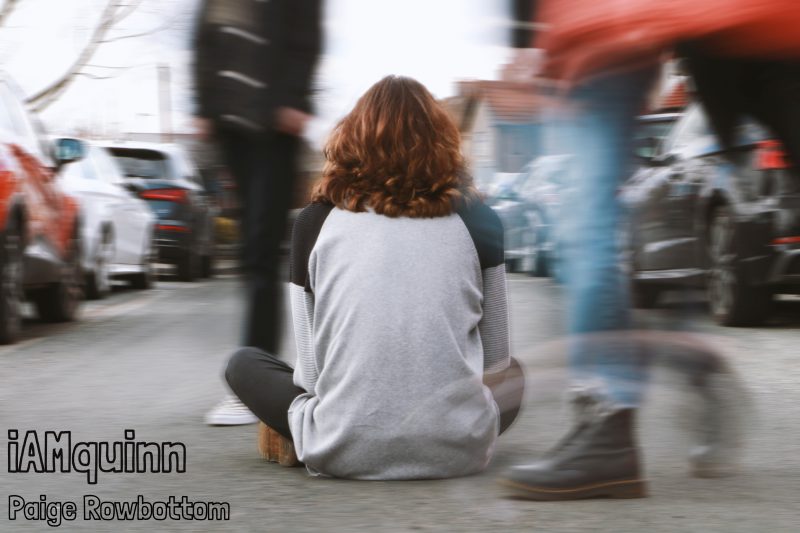Paige Rowbottom
Introduction:
For my Techniques and Processes project I have decided to take pictures of my dog. I believe that he is the perfect subject matter for me as I love to take pictures of domesticated animals such as dogs, cats and horses. I think that taking photographs of my dog is very personal and a potential career path that I see for myself in the future. I work very well with animals and as I have such as close relationship with my own pet that this project has the ability to work really well. Also he is the perfect subject matter to test shoot with, as I can explore different techniques and processes such as white balancing, different shutter speeds, lens lengths, apertures and ISOs.
Production methods:
I intend to shoot in a variety of locations both inside and outside, this will allow me to work with different lights sources such as artificial and natural lighting. As dogs can be very fast and active but also very lethargic, this will work well for shutter speed shots in which I can either freeze his motions or use a long exposure to blur the action. One thing that I am under-confident about is using different lens lengths effectively. I have shown that I have the ability to use a zoom lens well with a tight crop and shallow depth of field. One thing I would like to achieve in this project is to use a wide-angle lens with a deep depth of field. I feel like this will challenge me within my project as I only feel comfortable using my 55-300mm lens to achieve tightly cropped shots, regardless of the subject matter. Also I haven’t experimented with different techniques, I have only experimented with aperture and ISO so it will be a new experience for me. In addition, before I started the Photography BA course I had never white balanced a picture before, so I am excited yet worried to attempt to correctly white balance my photos. I feel like taking manual control of the aperture, shutter speed, ISO, white balance and deciding what will compose my final body of work will be a challenge for me as I have always let the camera do a lot of the work for me and make important decisions such as the aperture. And when it comes to deciding my final pictures I am worried because this will be the first brief that I have ever worked from and so the pictures I chose to use might not meet the standards of the brief.
Research requirements:
I believe that research for this brief consists of a lot of experimenting with your own photos, as well as actual research from a variety of sources. I intend to use a mixture of professional websites such as the AOP or BJP but also use sites that explain clearly about how to use different techniques and what they do to your photographs. My knowledge in most areas is lacking, but I intend to do extended research into all the techniques that we have learnt and experimented with. Also I will research specific ways to photograph dogs, such as what light is flattering indoors, what is the most flattering angle/ height to shoot from (e.g from the shoulders up) and what the best shutter speed is to use to freeze the dogs motion. However a lot of this knowledge will come from myself, from experimenting and from test shots.
Target audience/career:
I think that the great thing about animal portraits is that they can appeal to practically anyone, there is no specific section of society or age group that they are targeted at. I would like my pictures to be used either as an advertisement for a dogs home/pet shelter or to be used as part of a wider body of work that could be displayed in an exhibition at a gallery such as the Impressions Gallery or displayed as part of a public art, such as on a billboard. My career aspirations are to take pictures that make people happy, at the minute to me this means either wedding photography, portraits of people and their pets or just pet portraits. This project will help me to decide if pet portraits is something that I am willing to shoot in the future and will help me narrow down what kind of photography career I am looking at. It could even develop into wildlife photography but for now I feel that domesticated animals are what I want to photograph.
